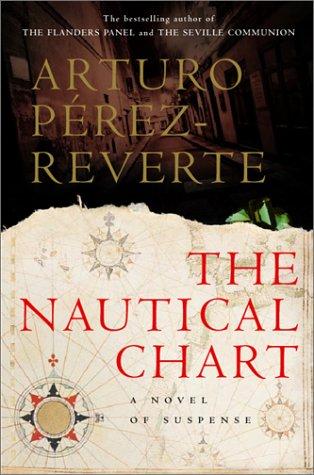
This particular translation of The Count is smooth and clean, easy to read, the work of Lowell Blair, who also translated several other classics (Madame Bovary by Gustave Flaubert, From the Earth to the Moon by Jules Verne, The Phantom of the Opera by Gaston Leroux, and more). Though abridged, it still retains all the necessary elements of the story, and -- I confess -- a skilled abridgment can result in a tighter, better novel.
There are several books featuring Monte Cristo and family. Several years ago, I purchased an early 1900s hardbound copy of Monte Cristo's Daughter, not written by Dumas but by a prolific American writer, Edmund Flagg. His name does not appear on that edition of the book, so the reader is forgiven for assuming that Dumas himself wrote it. I attempted to read it but was quickly bored; perhaps the story deserves another go, but my early reaction was that the translation could have been cleaned up to make a smoother reading experience. How was I to know it was written that way on purpose, and in English?
Translators have my respect. They take the words of other writers and interpret them for other readers, and it's a tricky task to remain true to author intent and style while presenting a clear, comprehensible, and interesting work that readers will enjoy in their own language.
A brief glimpse at the difficulties translators must overcome can be read here, at a page describing the difference in the number of verbs available in English as opposed to Spanish, and how readers are guided specifically in one language but expected to infer in another.

The Nautical Chart by Arturo Perez-Reverte was translated into English by Margaret Sayers Peden, a well-known translator whose work that I have read so far does not muddle the text (other books she has translated can be found here). In the translation of Perez-Reverte's novel, the English sings; it is my understanding that the Spanish sings, too.
Peden also translated some of Isabel Allende's work, none of which I have read, though I am told I must. I did try Gabriel Garcia Marquez's Love in the Time of Cholera, but just couldn't push past the first chapter or two. I might try his work again, through a different book.

I wish my high school Spanish had stuck around, so I could read some novels in their original language. However, I recall the challenge and the fun of translating pages of Don Quixote into English, an exercise reserved for advanced students. It's hard to believe I was ever part of that group.
If you have a favorite translation of a book, pass it along.
A previous post concerning The Count of Monte Cristo, among other books -- how they open, and how they end -- can be found here.

No comments:
Post a Comment